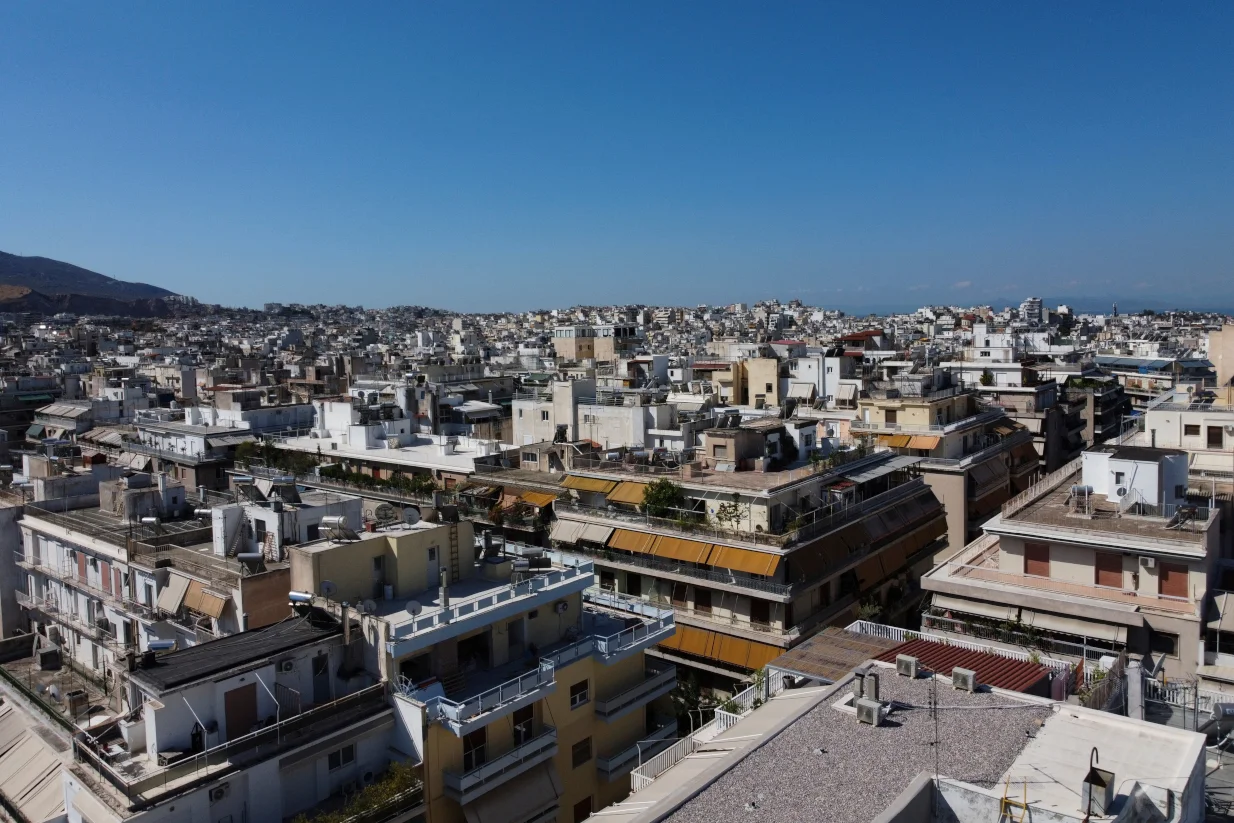The archives area of the palace of Zominthos on the plateau of Mount Psiloritis on Crete were discovered at the sprawling site during this year's excavation season, the Ministry of Culture said on Thursday.
The area is identified on the basis of a clay tablet in the hieroglyphics of Linear A, which lists 217 three-footed vessels. "The tablet looks like a ledger, definitely comprising a list of objects," which it said points to the fact the palace complex was well organized, the ministry said in a statement.
Supporting evidence for the area being used for the archives includes its location and other circumstantial evidence.
Besides the multitude of vessels found throughout the site, discoveries included a hallway with pillars leading to a possible throne room. The remains of a seat were found in the latter room, with uses from earlier periods recorded as well (Protopalatial period, 1900 BC to Mycenaean times, ca. 1400 BC).
The remnants of clay pipes from a sophisticated drainage system were also discovered, as were an area of obsidian carving, and another area by the north facade of the main building - joined to it - that contained hundreds of clay vessels, including rhyta, the characteristic Cretan vessels used in rituals.
According to research scientists, the whole area provides evidence of extensive metalwork carried out in workshops in the complex.
In addition, the ministry said, an earthquake in the Neopalatial era led to extensive changes, including the creation of a ramp.
This season's excavations were supervised by Efi Sapouna-Sakellaraki, who began excavating the area with her late husband Yiannis Sakellarakis. This season's results confirmed the existence of an older building under the current complex which is built in the Neopalatial period (1700-1600 BC).
"This year's excavations focused on examining the area around the central palatial building and yielded a lot new facts. A basic one is the confirmation that there was an older building under that of the Neopalatial period that was founded on the rock outcrop, occupied a larger area and contained a major number of this period," the ministry said.











